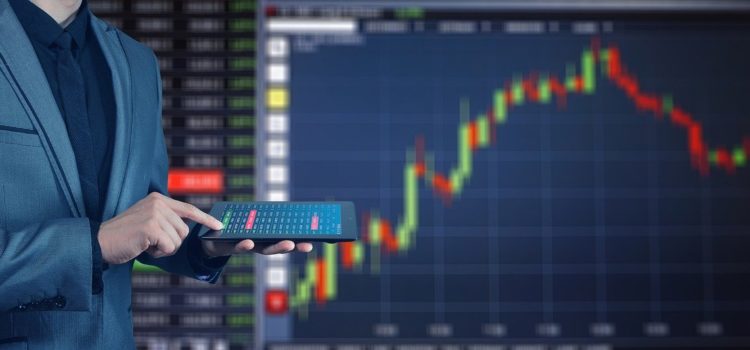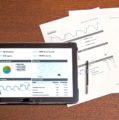

EUR/USD (Euro –US Dollar)
featuredForex News Live November 27, 2019 Ted

March Euro currency futures present a buying opportunity on more price strength.
1526 GMT – The U.K. budget is broadly negative for sterling even as the currency rises due to positioning ahead of the announcement, Societe Generale’s Kit Juckes says. Sterling could hold firm for now but faces a hit from more rate cuts over the medium term, he says. 1341 GMT – Sterling rises to a four-week high against the dollar and the euro as investors express relief over the U.K. budget, Rabobank forex strategist Jane Foley says.
Investing.com -- The Canadian dollar is projected to experience a choppy trajectory through 2026 before firming up in 2027, supported by domestic policy measures and economic spillovers from the United States. According to a recent Morgan Stanley note, the CAD is positioned to outperform currencies such as the Swiss franc, the British pound, and the euro in the medium term due to a mix of internal investment, Bank of Canada (BoC) tightening, and growth dynamics.
The dollar index (DXY00 ) today is up by +0.06%. Weakness in the yen is supporting gains in the dollar today, as the yen attempts to hold above last Friday's 10-month low. Gains in the dollar are limited after dovish comments from Fed Governor Christopher Waller, who said he's advocating...
March Euro currency futures present a selling opportunity on more price weakness.
Gold price has rallied strongly this year, gaining more than 50% and hitting a record in October, before retracing some of its gains.
Now central banks, sovereign wealth funds, and insurers around the world are bidding for the nation’s international debt like never before. The mood change was evident by how easy it was for China to raise a combined $8.6 billion by tapping both the dollar and euro bond markets in the last two weeks. Investors’ robust appetite allowed China to borrow dollars at essentially the same cost as the US, followed by unprecedented demand for its offering in the single currency.
The dollar index (DXY00 ) today is up by +0.25%. The dollar is climbing on today’s news that the Nov Empire manufacturing general business conditions survey unexpectedly rose to a 1-year high. The dollar also has carryover support from last week when a parade of Fed presidents said they favored...
Increasing signs of economic slowdown come ahead of likely tax hikes this month.
The stablecoin issuer posted better-than-expected earnings and revenue but raised its forecast for operating costs.
The dollar’s safe-haven status is “cracking” due to concerns about rising debt, persistent deficits, monetary-policy credibility and a loss of confidence in U.S. institutions, said Orbis. The dollar was little changed.
March Euro currency futures present a selling opportunity on more price weakness.
The weekly ADP report showing U.S. private employers shed jobs in October, “contributed to the dollar’s decline by reinforcing concerns about a cooling U.S. labor market,” DFH Capital said.
Continental indices pushed higher, helped by easing inflation and a rerating in financial markets. US futures, by contrast, edged lower as the shutdown moves from the Senate to the House.View on euronews
March Euro currency futures present a selling opportunity on more price weakness.
Euro zone inflation has been running close to 2% for months now, which is good news for the European Central Bank.
The opinion of Dennis Shen, Chair of the Macroeconomic Council at Scope Group.
1405 GMT – The euro is unlikely to rise much versus the dollar if the European Central Bank leaves interest rates unchanged Thursday, even though the Federal Reserve will probably cut rates again Wednesday, UniCredit strategists say in a note. The ECB meeting should be “relatively uneventful,” they say. 1408 GMT – The Bank of Canada is likely to cut interest rates by 25 basis points on Wednesday but it could also sound cautious about further cuts and this would temper any falls in the Canadian dollar, TD Securities strategists say in a note.
The Argentine peso weakened despite renewed optimism after President Javier Milei’s sound victory in midterm elections. Meanwhile, the U.S. dollar weakened as risk appetite picked up.
The Euro’s outlook has become a study in contradiction: robust inflation data colliding with economic deterioration.















